The Secrets to Choosing the Perfect Aquarium Heater
Finding the perfect heater for your aquarium is like discovering the secret ingredient to a magical recipe – crucial, yet often overlooked. Let's dive into the steamy world of aquarium heaters, unraveling the choices that promise to keep your aquatic friends perfectly toasty.
Finnex Heaters: Durable and Dependable
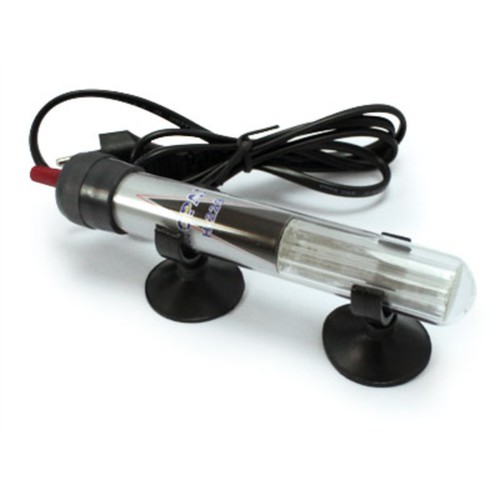
The Finnex line of heaters has garnered a reputation for its robustness, particularly in demanding environments such as frag tanks and sumps. Users often praise its durability, surviving under hard use for up to 2-3 years. Based on personal usage of over 35 units, reliability seems to be Finnex's middle name. While the heating element may eventually give out after this period, if durability under tough conditions is what you're searching for, Finnex makes a compelling case.
For beginners wondering if heaters are necessary for tanks in general, this insightful article, Do You Need a Heater in Your Fish Tank?, offers a great starting point.
Ultimate Heating with Titanium: Process Technologies
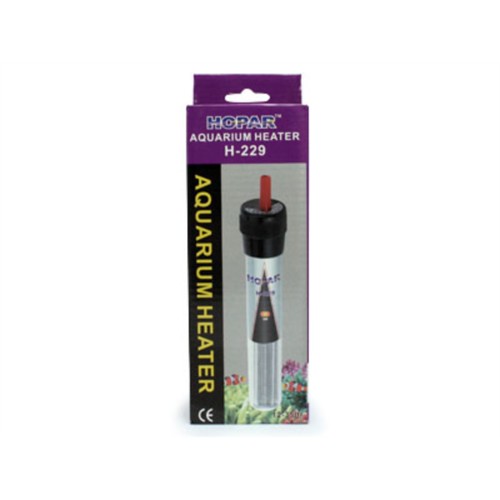
For those managing larger aquariums or looking for something virtually indestructible, the Process Technologies Titanium Immersion Heater is the star of the show. Its solid titanium build withstands incredible punishment – including being driven over! Available in a wide range of voltages and wattages, this heater is ideal for substantial setups. However, its size and capacity may be overkill for smaller systems, so it's essential to match the heater's specs to the specific needs of your tank. Ensure you pair it with a reliable temperature controller like Ranco to maximize safety and performance.
If you're keeping tropical fish like tetras, you'd also want to explore whether specific species require heaters. This article on Do Tetras Need a Heater? Essential Care Tips Explained is a must-read for tailored insights.
Dive Deeper with Aqualogic Inline Heaters
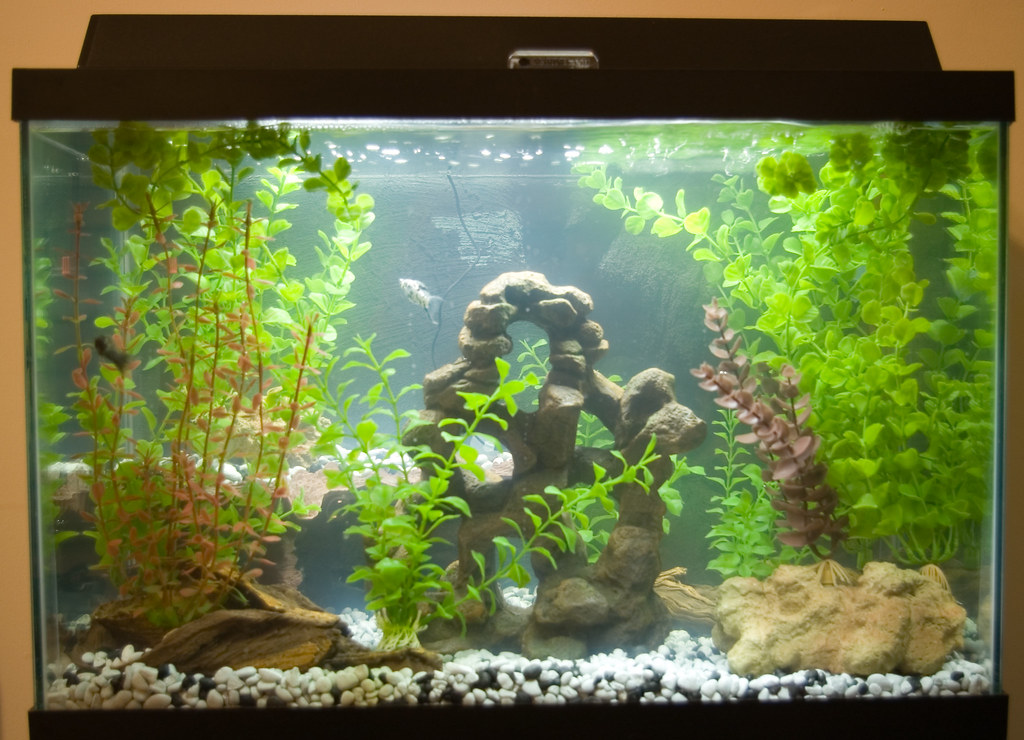
Designed for larger systems, Aqualogic Inline Heaters excel in handling high flow and pressure. With models ranging from 500 watts up to 10 kW, these heaters are built tough, making them perfect for significant aquarium systems with bigger plumbing sizes. Reliable temperature control usually comes tagged along, ensuring your aquarium maintains the perfect environment. Yet again, oversizing is a concern, so look to tailor your choice to your specific setup.
Thrilling Technology: Temperature Controllers
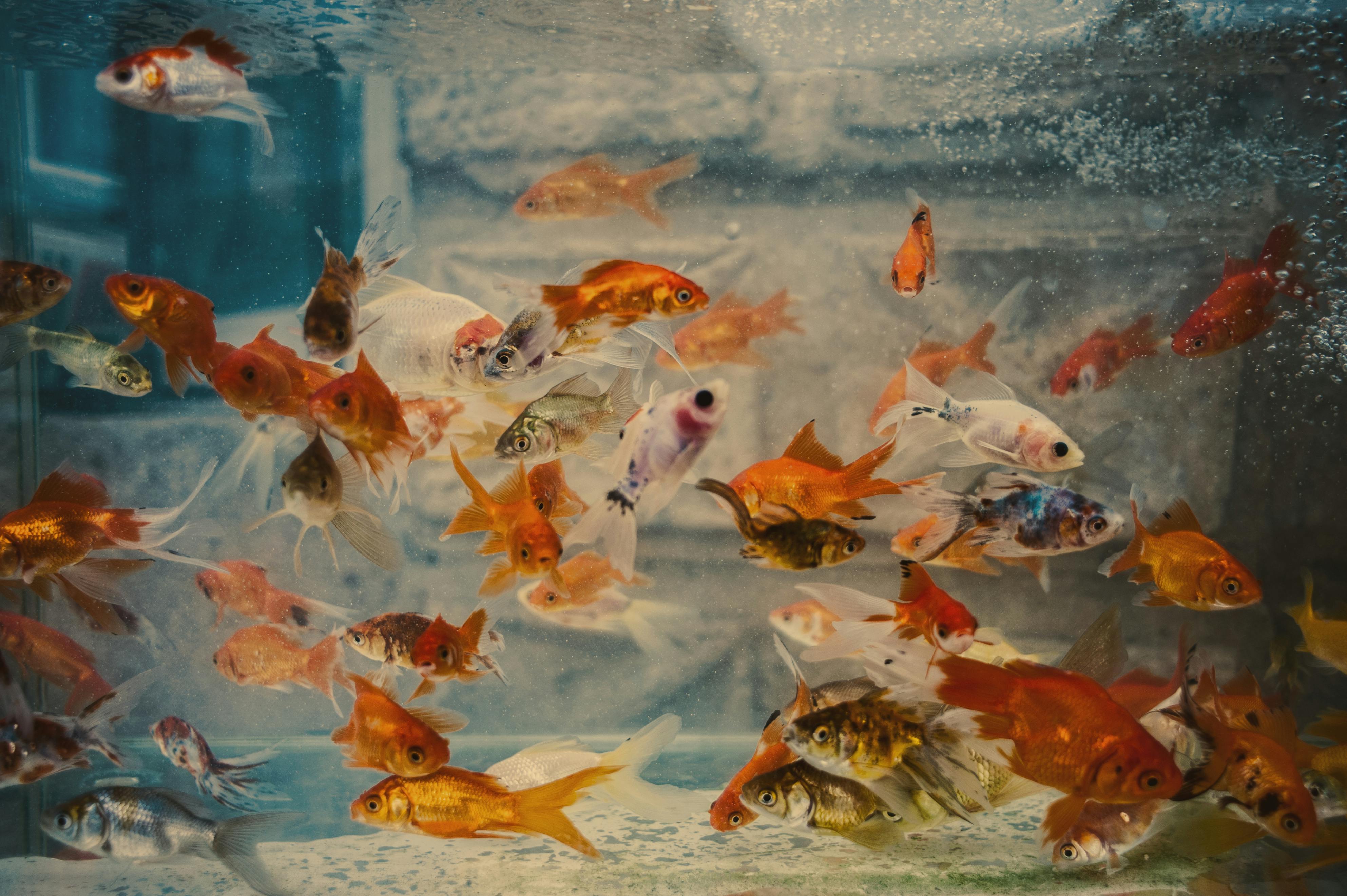
Speaking of controllers, incorporating a device like the Ranco controller can be a game-changer. These devices, initially crafted for commercial refrigeration, boast reliability and safety with impressive longevity (some running smoothly for over 15 years outdoors!). They add an extra layer of safety by managing heat output meticulously based on precise temperature settings. Whether it's a Finnex, Process Technologies, or Aqualogic heater, proper control ensures peace of mind.
Emergency Preparedness
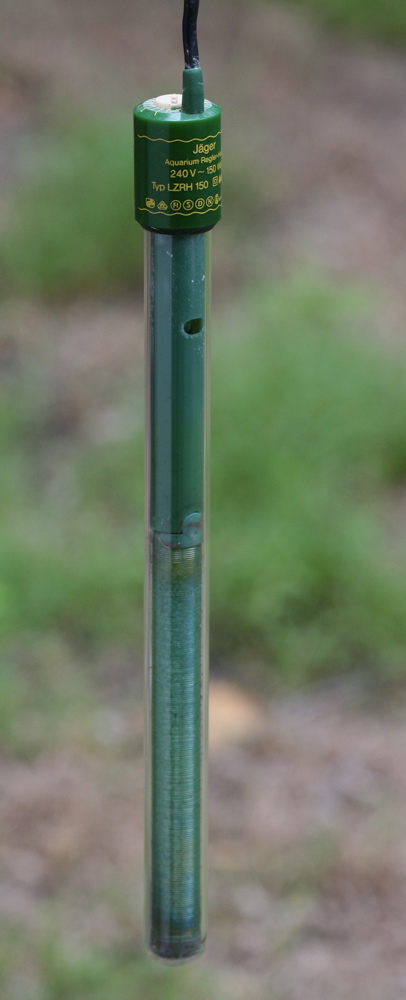
One critical aspect of fish tank maintenance that's often overlooked is preparing for power outages. When the power goes out, the drop in water temperature can be catastrophic for your fish. Having a backup plan, such as a battery-operated heater or insulated tank covers, can save lives. Learn more about what to do during emergencies in this practical guide on handling aquariums and ponds during power outages.
Making the Right Choice
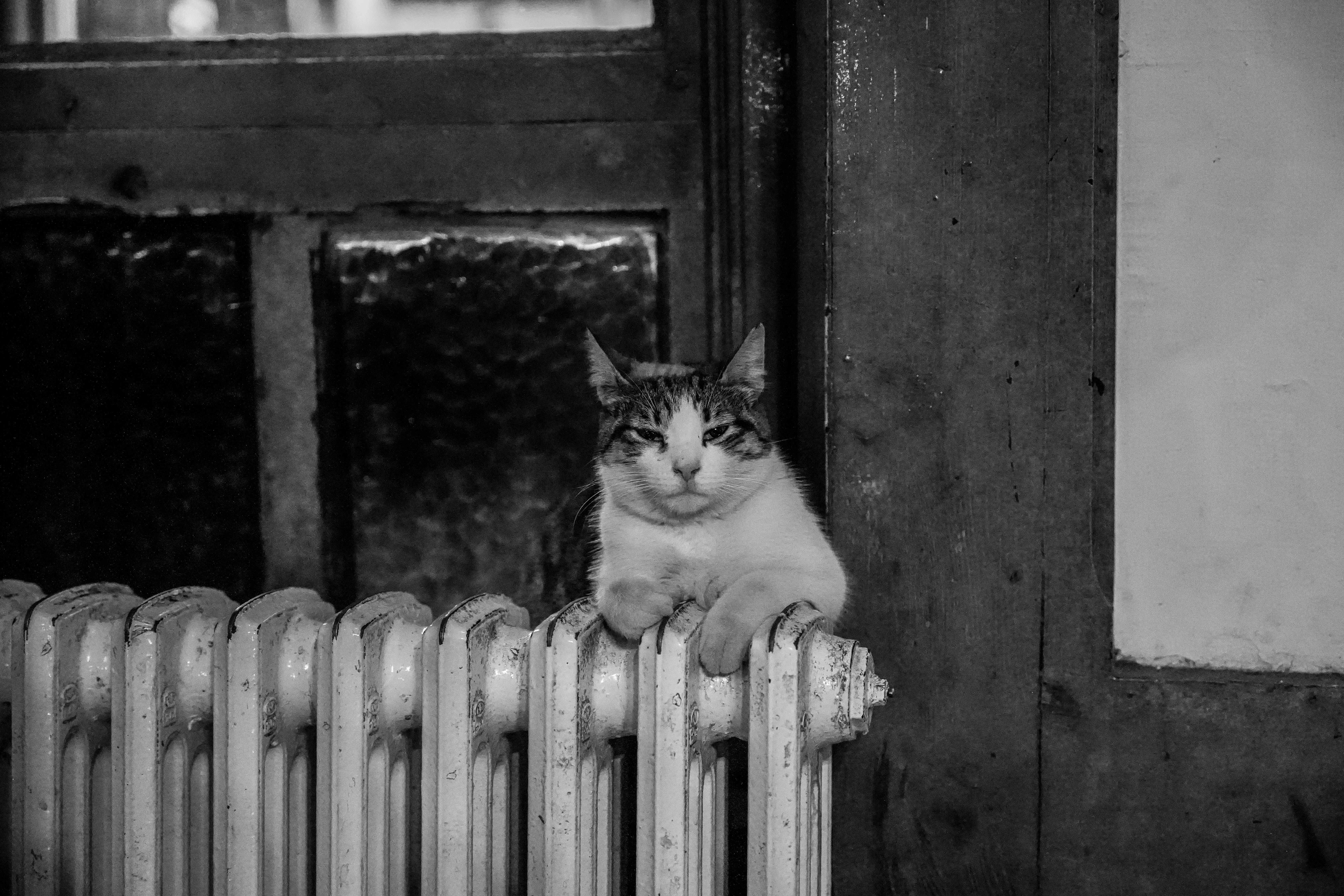
When it comes to aquarium heating, one size does not fit all. The heater wattage should typically be around 3 watts per gallon, but being cautious not to exceed this can prevent overheating. Consider under-sizing your heater and distributing the wattage across multiple units for added safety. Regular replacement is crucial, as heaters are notorious for failing when least expected. Be proactive in maintaining the tranquility of your underwater world.
Comparing Heater Options
| Heater | Unique Features | Ideal For |
|---|---|---|
| Finnex | Durability | Frag Tanks & Sumps |
| Process Technologies | Solid Titanium Build | Large Volumes |
| Aqualogic | High Capacity, Inline Design | Large Aquarium Systems |
Heater Selection and You
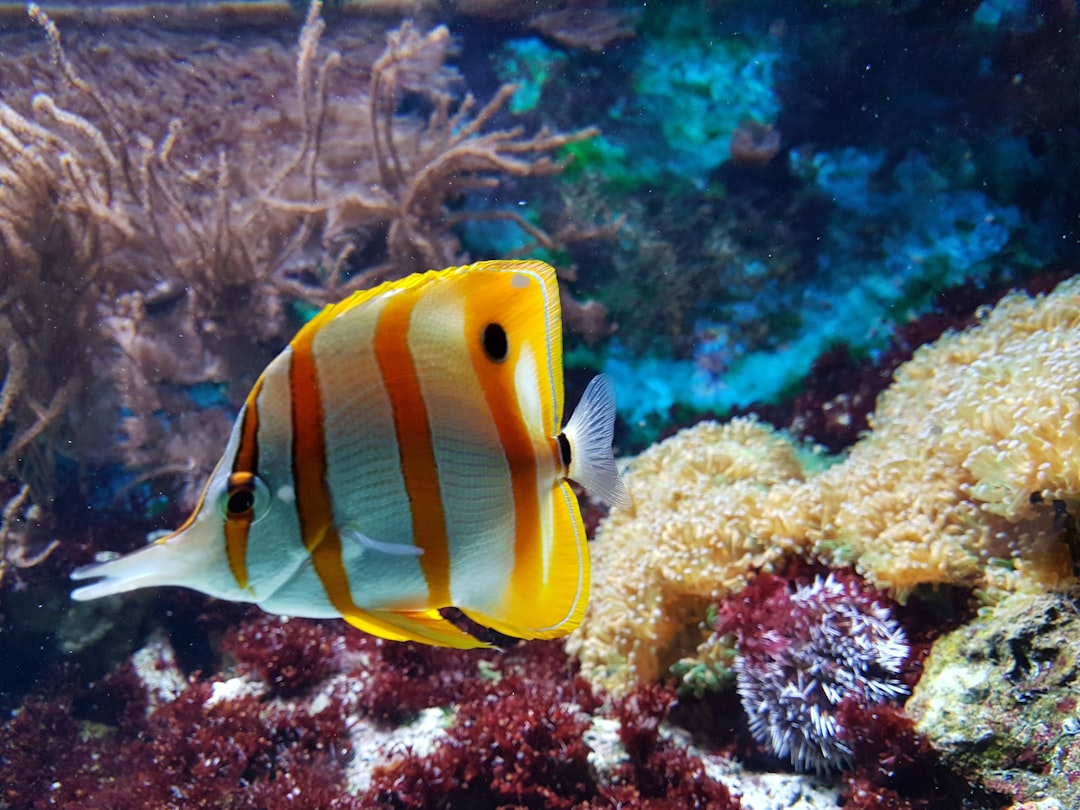
Selecting the right aquarium heater is an art crafted from understanding your tank's needs, considering factors like size, capacity, and specific environmental conditions. Are you ready to make your next move? Share your thoughts, experiences, or questions in the comments below – we’d love to hear from you!
Frequently Asked Questions
What aquarium heater is best?
The Eheim Jager heater is highly recommended by both freshwater and saltwater aquarium enthusiasts. It is made of durable Pyrex glass, easy to set, and features calibration to ensure accurate temperature control. Other popular options include Aqueon and Fluval, known for their reliable performance.
How do I choose the right aquarium heater?
To select the right heater, consider the tank size, species requirements, and heater type. Generally, you'll need 3-5 watts of heating per gallon of water. Ensure the heater includes a thermostat for temperature control and durability features like shatterproof glass or titanium construction.
What are common problems with aquarium heaters?
Common issues include thermostat malfunctions, overheating, or underheating the water. Some glass heaters may crack or break. Regularly monitor water temperature and inspect the heater for wear and tear to avoid potential failures.
How do I install an aquarium heater?
Submersible heaters should be placed near good water flow to evenly distribute heat, such as near a filter outlet. Ensure the heater is fully submerged and positioned at an angle or horizontally. Always allow the heater to acclimate for 30 minutes before turning it on.
Can you use an aquarium heater for both freshwater and saltwater tanks?
Yes, most aquarium heaters are designed for both freshwater and saltwater tanks. Ensure you purchase a high-quality heater made of corrosion-resistant materials, like titanium or durable glass, to withstand the salty environment in marine tanks.
In the warm embrace of a reliable aquarium heater lies the wellbeing of your underwater buddies, and I hope this dive into the world of heaters has sparked some underwater joy for you. If you're eager to continue exploring more tips and tricks for your aquatic life, why not stay connected with us? Follow our colorful adventures on Pinterest, where we pin all our fishy favorites, or swim over to our Instagram for a splash of inspiration. Curious minds can tweet along with us on X, and don't forget to join our community of fish lovers over on Facebook. Together, let's make a splash and share the love for our finned friends!
